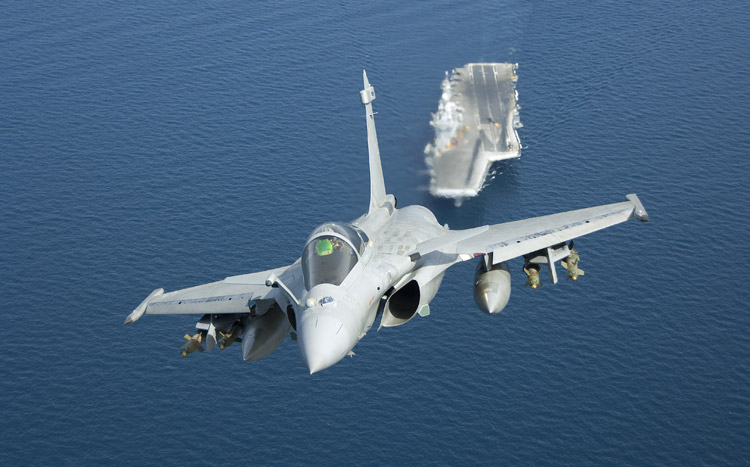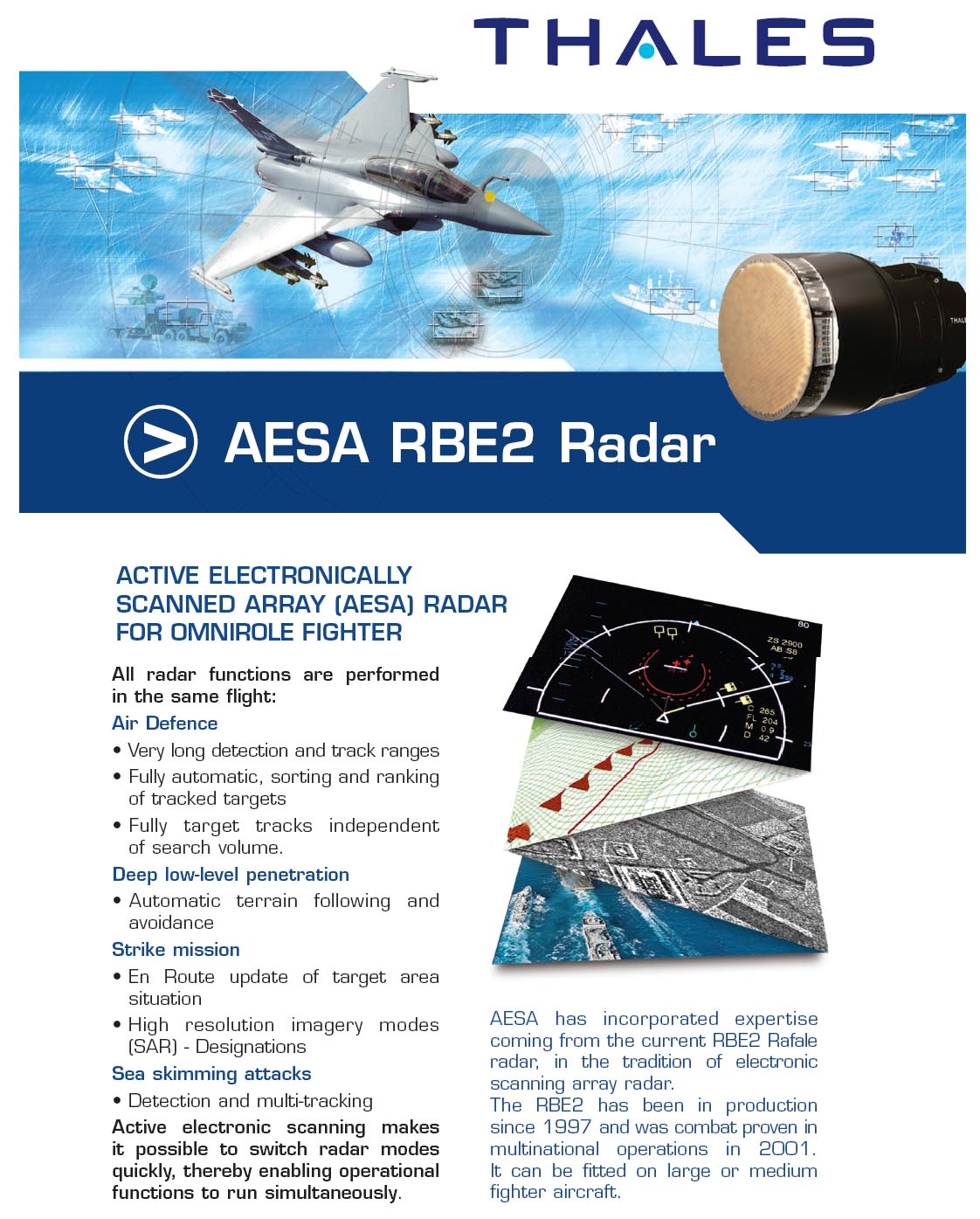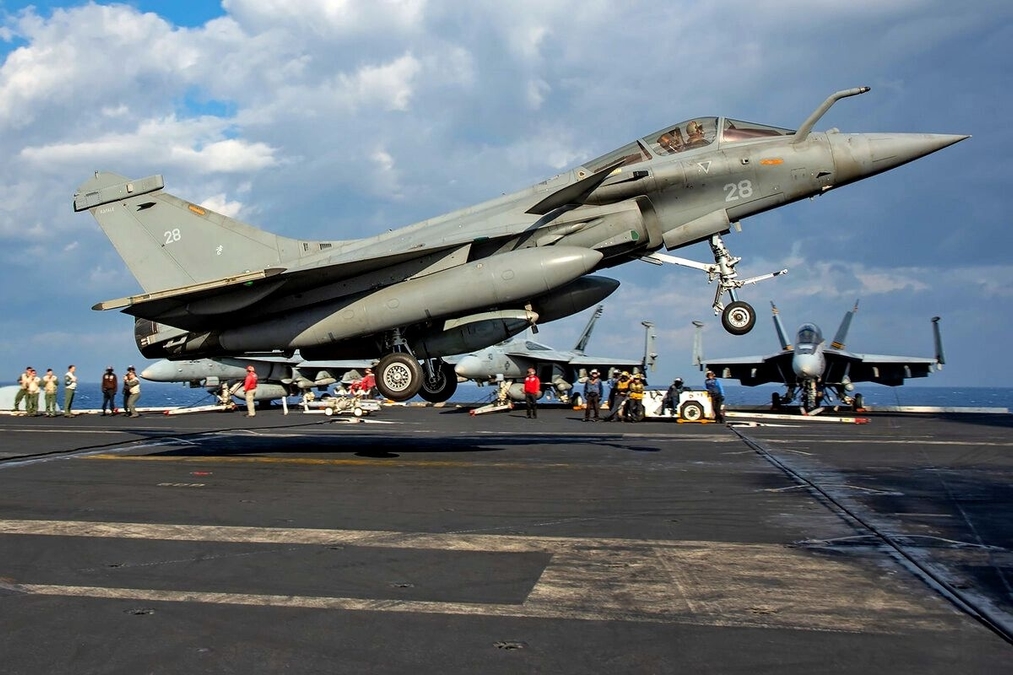Two Wings, One Mission: Unveiling the Secrets of the Rafale M
The Rafale, a name synonymous with power and agility, is a cornerstone of both the Indian Air Force (IAF) and the Indian Navy. But did you know that the Rafale soaring from aircraft carriers is subtly different from its land-based counterpart? This blog post dives into the fascinating world of the Rafale M, the naval variant, exploring its unique features and the reasons behind its selection.
Why Rafale M? A Tale of Commonality and Capability
When the Indian Navy sought a potent fighter for its aircraft carriers, the Rafale M emerged victorious, beating the American F-18 Super Hornet. The key reason? The IAF already operates Rafale squadrons. This commonality streamlines maintenance, reduces spares costs, and simplifies pilot training. It's a logistical dream come true! Did you know that about 80% of the components are the same in both versions?
Brothers in Arms: Shared Strengths, Distinct Roles
Despite their differing environments, the Rafale and Rafale M share a common DNA. Both are fourth-plus generation fighter aircraft, boasting advanced avionics and formidable mission capabilities. They excel in air-to-air combat, precision air-to-ground strikes, and reconnaissance missions. Think of them as highly skilled siblings, each specializing in a particular field. Which mission role do you find most impressive?
The Rafale M's Naval Prowess: Built for the High Seas
The Rafale M is not simply a Rafale with a life vest. It's engineered for the demanding world of aircraft carrier operations. Imagine the forces involved in a carrier landing! That's why the Rafale M boasts a reinforced undercarriage and robust landing gear. It also features a tailhook for arrested landings, a longer nose wheel strut for those dramatic short take-offs, a built-in ladder, and a carrier-based landing system. And to save precious space on deck, its wings fold neatly. Which of these features do you think is most crucial for carrier operations?
Radar and Electronic Warfare: Eyes and Ears of the Fleet
Both the Rafale and Rafale M are equipped with the cutting-edge Thales RBE2 AESA radar. However, the Rafale M's radar is specifically optimized for maritime operations, enhancing its ability to track and engage targets at sea. Similarly, the SPECTRA electronic warfare system, present in both variants, is also fine-tuned for the naval environment in the Rafale M. It's like having specialized senses for a specialized role!
Armament: A Force to Be Reckoned With
Whether soaring over land or sea, the Rafale packs a punch. Both versions can carry a formidable array of missiles and bombs, including the MICA air-to-air missile, the HAMMER air-to-surface weapon, and the Exocet anti-ship missile. It's a versatile arsenal that ensures dominance in any domain. Which weapon system do you find most impressive?
Sky Jump Success: Proving its Mettle in Goa
The Rafale M triumphantly demonstrated its "sky jump" capability at the Shore Based Test Facility (SBTF) in Goa. This crucial test proved its compatibility with the Indian Navy's aircraft carriers. The SBTF itself is a testament to India's advanced capabilities, a place where pilots are trained and aircraft are rigorously tested for the challenges of carrier operations.
Your Thoughts?
The Rafale M is a testament to engineering excellence and strategic foresight. What are your thoughts on its capabilities and its role in the Indian Navy? Share your comments below!





